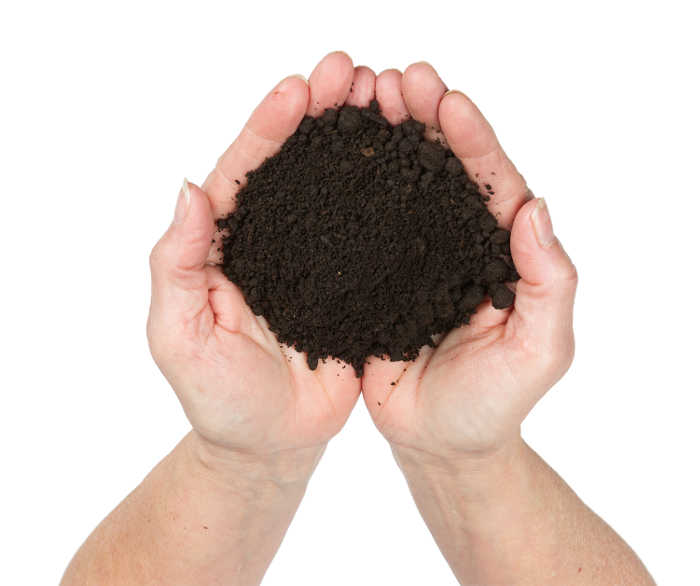Berries: Getting Expensive? Grow Your Own!
It sometimes feels like you bought rubies instead of raspberries when you get to the checkout at the grocery store. So why pay so much for fresh berries in season when you could grow them instead?
Maybe you’re a bit intimidated at the thought of growing berries. After all, it must be really difficult, given how high the costs can get, right? The good news is, nothing could be further from the truth! Without too much effort at all, you could be enjoying some of nature’s best little gems in their freshest state!
“Strawberry Fields Forever!”
They say a rose by any other name would smell as sweet, and that’s kind of true with strawberries, which are actually a member of the rose family. Their peak growing season is June and July. Strawberries do their best growing when they’re in a nice, rich soil in a cool, moist climate. While you can plant strawberry plants in spring or fall, don’t be too early or too late; they don’t like to be too cold.

Casper’s Favourite… BOO-berries
Blueberry season runs from early July into late August. They are probably the easiest berries to harvest and store; there’s absolutely no cutting or pitting required. They are a great source of Vitamin C and fibre. Blueberry bushes need soil that has good drainage, but also retains moisture. If you’re planting more than one blueberry bush, be sure to leave some space between them, about five feet. When you start to get berries on your bushes, you should drape netting over them to prevent the birds from making off with your crop.

Time for the Rubies!
Raspberries generally grow from July to September. Depending on which variety of raspberry you choose to plant, you might need to give it a little support by way of a trellis. Raspberry bushes need a lot of moisture. When it’s time to harvest, remember that the berries themselves are very fragile, so make sure you handle them with care. You shouldn’t have to yank to get them off the vine; they should remove very easily.

Besides tasting great, berries are a healthy snack, being low in fat and calories. They can also be frozen easily, so you can keep on enjoying them long after their growing season is over. Just lay them flat on a cookie sheet, one layer deep, freeze them, and then store them in plastic freezer bags or containers. Make sure the berries are dry before you put them in the freezer.
Growing Medium For Berries


